Three months ago I shared I was embarking on a new adventure.
I wasn’t traveling to a new destination (I wish!).
I wasn’t following up my first half marathon with a marathon (HA!).
Instead, I was planning on starting the GAPS diet. I hoped that this holistic approach to health would help heal some long standing health concerns. After preparing for the diet for several months, I officially kicked things off on Friday, May 23. Now that I’ve finished the most intense phases of the GAPS diet, I’m looking forward to writing a multi-post series about my GAPS experiences.
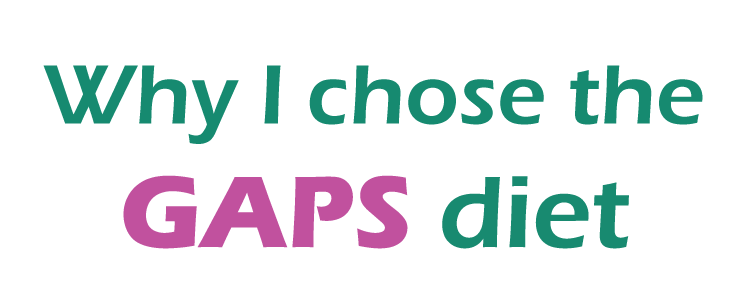
What is the GAPS diet?
GAPS stands for Gut and Psychology Syndrome, and the GAPS healing protocol was developed by Dr. Natasha Campbell-McBride, MD. Dr. Campbell-McBride created this nutritional and healing program to help her autistic son, and she’s found that the GAPS diet has helped patients who have mental health diagnoses, autoimmune conditions, or multiple food sensitivities.
The goal of GAPS is to heal the digestive system, which I’ve heard countless times in recent years is the home of our immune system (70% of the cells that make up our immune system reside in the gut!). Happier gut = better health!
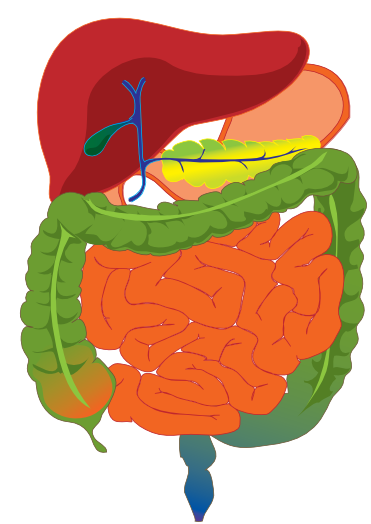
By Mikael Häggström [Public domain], via Wikimedia Commons
How does the GAPS program help heal the gut?
1) diet
2) supplementation
3) detox and lifestyle changes
Diet
The GAPS dietary guidelines are based on the Specific Carbohydrate Diet (SCD), which removes grains, starches, and other foods which aren’t easily or properly digested in some people. Improperly digested food creates all sorts of problems, including overgrowth of bad bacteria. An SCD and GAPS approach to healing helps get rid of the bad bacteria while reintroducing the good bacteria. A happy GI tract makes a more happy and healthy immune system.
In future posts, I look forward to talking about the two phases of the GAPS diet — the 6-stage introduction phase and the regular, or what’s often called “full” GAPS phase.
Supplementation
An overview of GAPS supplementation and their purpose is available on GAPSdiet.com, and a more in-depth explanation of the supplements and why they’re recommended can be found in Dr. Campbell-McBride’s GAPS book. Thankfully I was already taking most of the supplements before starting GAPS (as I’ve been into natural medicine for quite a while), so I didn’t have to adapt to a handful of new supplements while also getting adjusted to a different way of eating.
Detoxification
GAPS also identifies several ways to detoxify the body. Due to my interest in health and wellness, I already try to use the cleanest body care products available. For the last year or so, I’ve used the Environmental Working Group’s (EWG) Skin Deep database to compare product ingredients and have made several changes in what I buy based on their results.
Detox baths are also a big part of the healing protocol, and nightly baths with epsom salts, baking soda, or apple cider vinegar are recommended. I’ve pinned several articles about detox baths on my GAPS information and prep board on Pinterest.
My health journey and why I choose GAPS
As most of my friends, family, and readers know, I’ve had food sensitivities for years. Troubles with dairy began in my early 20s, and when I was 27, I learned I was also sensitive to gluten and soy. As soon as I removed these foods, I immediately felt better.
I haven’t always stuck to a 100% allergen free lifestyle, however. From time to time, I’d sneak a bite of pizza or dessert. In the last few months of my year in Australia, I enjoyed a handful of lattes and pastries. I didn’t feel too poorly at the time and wrongfully assumed the the worst consequences of my choices would be the bloating or discomfort I might feel after the fact.
For a gal who loves health and wellness, I was either in denial or simply hadn’t done enough research. Even if I felt fine after some of these gluten and dairy cheats, I was still unknowingly damaging my gut lining by contributing to gut inflammation and permeability.
You don’t want gut permeability. It allows things to pass through the barrier of your intestines and into your bloodstream. This puts our body on the defensive, and we attack these new invaders to our bloodstream. When our gut isn’t happy, our immune system is compromised, and this sets up the possibility for a whole host of health problems.
I’ve heard that food sensitivities/intolerances tend to grow worse over time, and I’ve found that to be true. For example, things I used to be able to eat like nuts, seeds, and yeast (in gluten free breads) now cause digestive distress. I eliminated them last summer and haven’t been able to reintroduce them successfully.
I became fearful that every year or two I might become intolerant to more foods, especially because there are a handful of foods that are cross-reactive with gluten, meaning they appear similar to gluten’s structure to our bodies, so we develop a negative reaction when we eat these other foods too.
Food intolerances tend to contribute to or occur alongside other health issues, such as adrenal fatigue, hormonal imbalances, the presence of heavy metals in our body, gut infections, and many more. I take a supplement to help support my adrenals, and earlier this year we (me + health care practitioner) detected lead and chlorine in my body! We immediately began a process to remove both substances. Within 6 weeks the lead and chlorine loads had been reduced.
While trying to get to the bottom of my persistent GI problems, I was encouraged to eliminate grains from my diet too. I didn’t want to. As a gluten-free gal, I didn’t eat heavily processed grains or even gluten free junk food. But I did consume a fair amount of certified gluten free oats and millet, along with quinoa (which I tend to forget is a seed and not a grain). And I didn’t want to believe that these beloved gluten free goodies could be part of the problem.
But apparently they were! Though I’d heard that some foods were cross-reactive with gluten, I never read that grains were on this list — or I had blinders on when I read the lists! And once I read a few articles about how beneficial being grain free can be for people with food sensitivities, autoimmune conditions, and other health issues, I immediately decided I had to make a change.
I read about the GAPS diet, SCD, and the Autoimmune Paleo protocol, all of which go beyond being simply grain free. I read blog posts from people who have endured symptoms just like mine and people who have suffered much worse. I read about how they eliminated common food allergens (gluten, dairy, soy, eggs, beans, grains, nightshades, nuts) and felt better for it. I read stories from people who had successfully healed from health concerns like mine, and I knew I had to try the GAPS diet to see if it could help me too.
I don’t want to eliminate more foods from my diet every year or two. I don’t want to develop an autoimmune condition if my gut health worsens. I don’t want other organs in my body to suffer if my immune system becomes weaker. If I can change a few habits and prevent health problems down the line with food and lifestyle choices now, then any sacrifices I need to make now are well worth it.
Throughout the rest of the summer, I’ll be writing about my experiences on the GAPS diet, from pre-diet prep work, to the 6-phase intro diet (including meals and how I fared), and where I stand now on the full GAPS diet. Being healthy and feeling well are so important to me, and I’m looking forward to sharing this journey with you!
Disclaimer: The information shared here is based on my own thoughts and experiences. I am not a medical professional and cannot give medical advice. Please consult your healthcare professionals before making any changes to your diet or medical care.

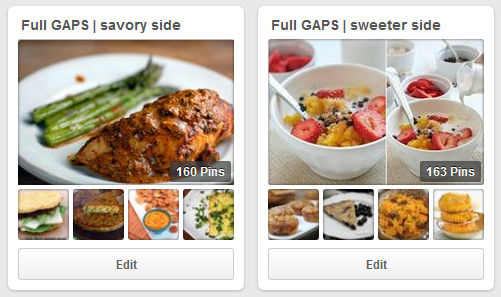
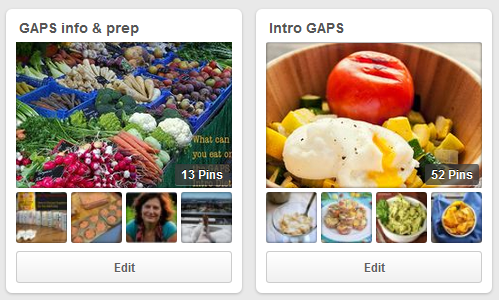
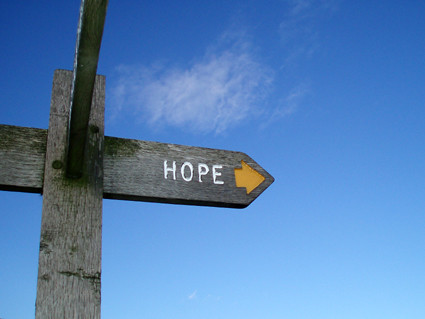

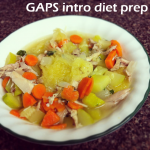



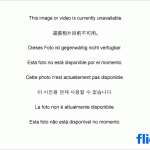



 Twitter Updates
Twitter Updates
Heather, I am so proud of you for doing all of this research on GAPS, for sticking with the plan & for sharing it on your blog! I am fortunate that I don’t suffer from food sensitivities (as far as I know anyway!) but I do know I could benefit from eating healthier & you are such an inspiration! I wish you all the best as you continue on this journey. <3
Thank you, Niki! I’ve been an interesting journey so far — a mix of the good and the bad at different times! I very much appreciate your support as always 🙂